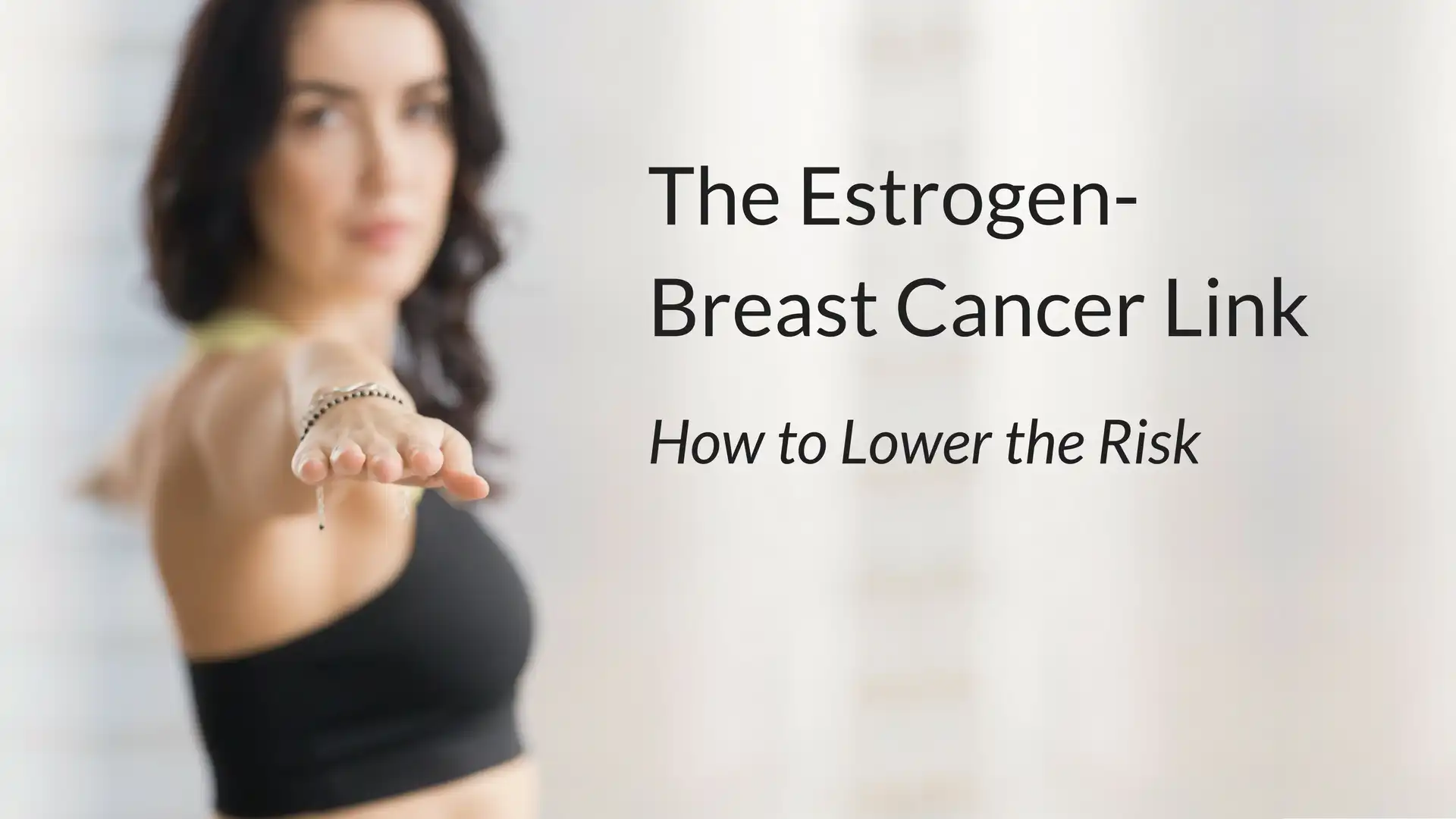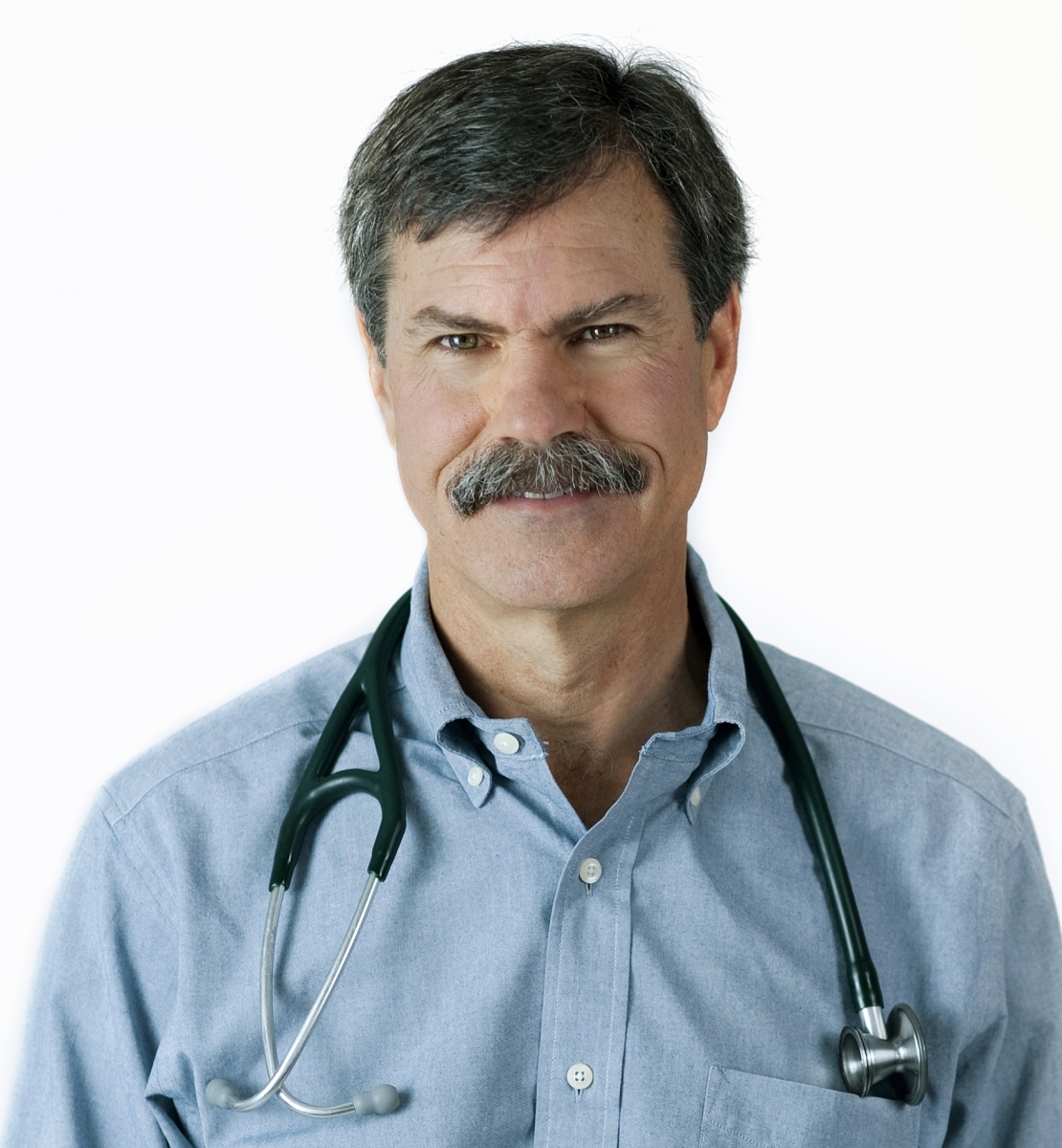The Estrogen-Breast Cancer Link: What You Can Do to Lower the Risk

Proving that breast cancer is linked to estrogen is not difficult. If a woman has her ovaries removed at a very young age, and does not receive estrogen replacement, her risk of breast cancer decreases profoundly.
Of course, it’s not a very nice thing to do to someone, because risks of all other diseases, especially heart disease go up, and the body begins aging rapidly. Even so, removing ovaries at a young age is sometimes necessary to save a life or halt a disease process. It has occurred enough times over the years to recognize a link between estrogen (or lack of estrogen) and breast cancer – having functional ovaries that produce estrogen defines a certain risk of breast cancer.
The Rise in Breast Cancer
The baseline rate has not been stable, however; the past seventy-five years has seen a dramatic rise in breast cancer. The increase has to be estrogen related and that extra estrogen has to come from somewhere – but where?
Causes of Breast Cancer
Initially experts speculated that birth control pills might be the source. Obvious choice – oral contraceptives contain estrogen, and if breast cancer is estrogen related, adding estrogen would increase risk, right? Actually it doesn’t work that way. Low dose birth control pills suppress estrogen produced by the ovaries, so the little bit of estrogen added by the pill does not raise total estrogen levels; in other words, it’s a wash. And even though the type of estrogen in oral contraceptives is synthetic, it is metabolized similarly to natural estrogen, and therefore extra stimulation of breast tissue does not occur. Thirty years of studying use of low dose pills has not defined any significant increased risk of breast cancer.
Postmenopausal estrogen replacement has also been targeted as an explanation for the rise in breast cancer. Here, we might have some traction. For the past fifty years the standard for postmenopausal hormone replacement has been conjugated equine estrogens (Premarin). Not a single estrogen, but a combination of different estrogens derived from horses, this product is very stimulating to breast tissue. Twenty-five percent of the product’s estrogens have no look-alike in the human body and are slowly metabolized. The process of conjugation slows metabolism and increases potency even further.
When the Women’s Health Initiative (a large study done in 2001 to evaluate postmenopausal hormone replacement) showed that conjugated equine estrogens increase risk of breast cancer, it should not have been a surprise. However, use of Premarin does not explain the dramatic rise in breast cancer that has occurred in premenopausal women.
It has to be related to estrogen; if women are not producing more estrogen and birth control pills have been proven safe, then it must be coming from the environment. Bingo!

Breast Cancer and Environmental Toxins
The rise in breast cancer has directly paralleled the rise in environmental toxins; many of which have estrogenic activity. Virtually all pesticides have estrogenic activity and many byproducts from the plastic industry are estrogenic. Insidiously, these chemical compounds make their way into the food supply and water supply.
Even meat from the grocery store is suspect. Hormones are readily used in the livestock industry to encourage growth. Add to that pesticides from the corn and soybeans the animal consumes every day and finding an association between red meat consumption and increased breast cancer risk is not surprising!
What You Can Do to Lower Your Risk of Breast Cancer
And so, how do you enjoy a normal lifetime of having ovaries, live in the modern world, and still hedge your bets against breast cancer?
1. Minimize Exposure to Toxins with Estrogen-like Activity
The first step is to become hyper aware of your exposure to toxins with estrogen-like activity (sometimes called xenoestrogens). These toxins can enter the body by only three different routes. They can be ingested in drinks and food, breathed in a through the lungs and absorbed through skin.
- Eat organic whenever possible.
- Lean toward fresh vegetables and fruit and cut back on meat and dairy (with the exception of fresh fish and farm eggs).
- Avoid processed food.
- Filter your water.
- Never microwave food in a plastic container.
- Keep your drinking liquids in glass containers.
- Live in a place with clean air.
- Be careful about things that you rub on your skin.
2. Assist Your Body with Natural Detoxification

The second thing you can do is assist your body with natural detoxification. Elaborate detoxification protocols are not required; the body is designed for detoxification; it just needs a little help.
- Cruciferous vegetables (cabbage, cauliflower, kale and especially broccoli) help the liver detoxify estrogen and estrogen-like compounds through a pathway that actually decreases risk of breast cancer. Fiber from fresh vegetables and fruit helps pull toxins out of the body.
- Hydration is also important, and the best hydration is from a source that most people don’t think about. Living cells inside fresh vegetables and fruit hold a lot of water. As the food is digested during the day, clean water is slowly and continually released; perfect for the detoxification process (compare this to the dehydrated stuff in processed food that actually requires water for digestion).
- Certain supplements can enhance the body’s natural detoxification process. Milk thistle is top on my list. This well-studied and well-tolerated herb is known to protect liver cells, increase bile flow (important for flushing the liver and getting toxins out of the body) and encourages regeneration of liver cells. 400 mg per day is the recommended dosage.
- Beyond milk thistle, there are scores of natural and herbal supplements that can protect liver function and improve detoxification…anyone and everyone should take advantage of this extraordinary resource.
Awareness is essential. Cultivate good health into your life!
Reprinted with permission from VitalPlan.com
 Bill Rawls, MD is an advocate for individuals with fibromyalgia and related conditions. Board certified in Obstetrics and Gynecology, Dr. Rawls has always focused his practice on health and wellness. After experiencing fibromyalgia and Lyme disease first hand, he shifted toward helping others with those conditions. He uses his passions for writing and study of natural herbal medicine to reach out to those left behind by the current healthcare system. Through books and health restoration protocols available through Vital Plan, he paves the way toward a better life. His latest book, Suffered Long Enough, puts the pieces together for fibromyalgia and Lyme disease sufferers and offers a safe pathway back to normal health.
Bill Rawls, MD is an advocate for individuals with fibromyalgia and related conditions. Board certified in Obstetrics and Gynecology, Dr. Rawls has always focused his practice on health and wellness. After experiencing fibromyalgia and Lyme disease first hand, he shifted toward helping others with those conditions. He uses his passions for writing and study of natural herbal medicine to reach out to those left behind by the current healthcare system. Through books and health restoration protocols available through Vital Plan, he paves the way toward a better life. His latest book, Suffered Long Enough, puts the pieces together for fibromyalgia and Lyme disease sufferers and offers a safe pathway back to normal health.



